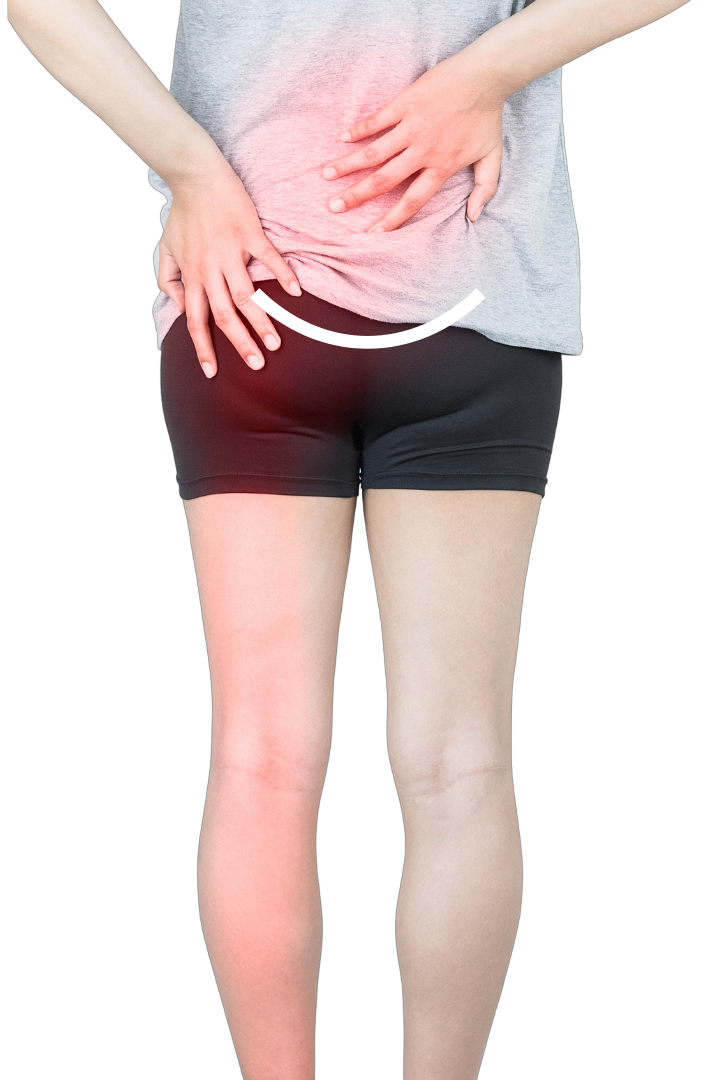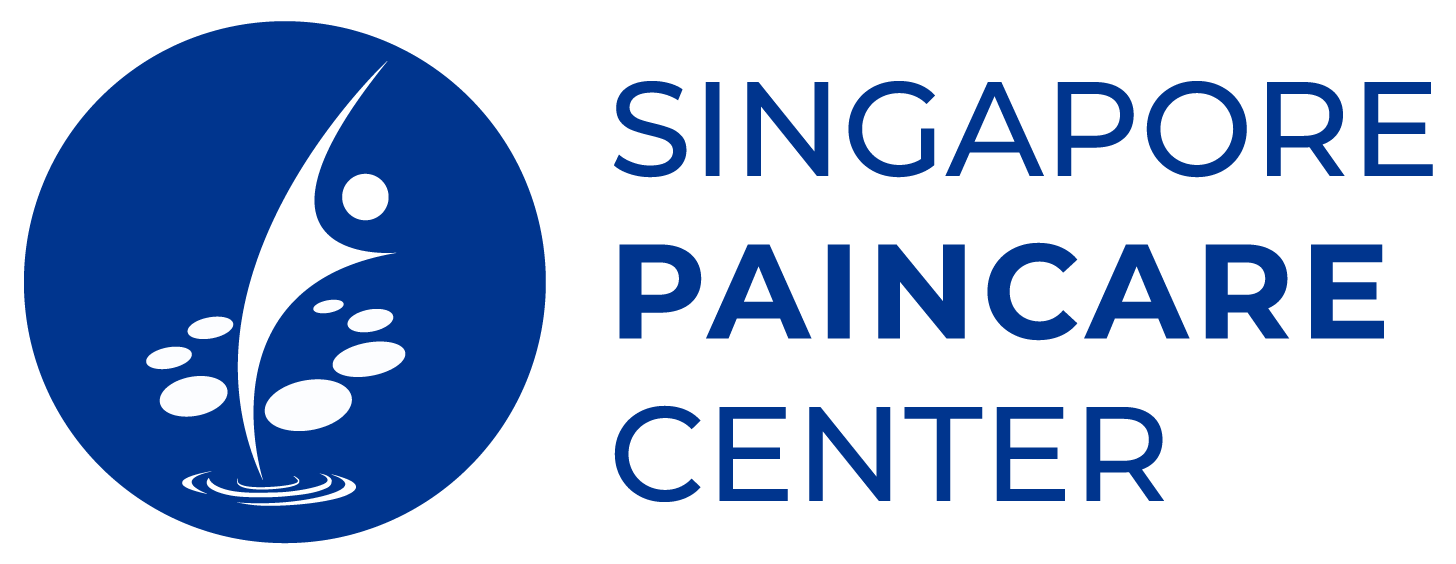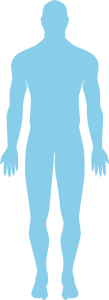Coccydynia
About Coccydynia
The coccyx is the last bone located at the tail of the spine, it is a small triangular-shaped bone and resembles a primate’s tail. Despite the term “tail bone”, the coccyx is made up of 3 to 5 separate spinal bodies. This tailbone pain is known as coccydynia.
What Causes Coccydynia
Coccydynia is persistent pain in the tailbone. It is implied that there is an inflammation of the coccyx and it is usually caused by trauma to the tailbone such as in a fall or childbirth, and/or infections. However, about one-third of those with coccydynia has no known causes. Still, 20% to 40% of the tailbone pain progresses to chronic pain. Sometimes the original damage may have healed, but the pain persists. In many cases, the patient will feel pain without any cause or trauma. Some of the risk factors are as follows:
- Female
- Obesity
- Osteoarthritis/ Osteomyelitis
- Contact Sports
- Rapid Weight loss

What Causes Coccydynia
Coccydynia is persistent pain in the tailbone. It is implied that there is an inflammation of the coccyx and it is usually caused by trauma to the tailbone such as in a fall or childbirth, and/or infections. However, about one-third of those with coccydynia has no known causes. Still, 20% to 40% of the tailbone pain progresses to chronic pain. Sometimes the original damage may have healed, but the pain persists. In many cases, the patient will feel pain without any cause or trauma. Some of the risk factors are as follows:
- Female
- Obesity
- Osteoarthritis/ Osteomyelitis
- Contact Sports
- Rapid Weight loss
Symptoms Of Coccydynia
Pain
Other Symptoms
A Message About Coccydynia
The tailbone at the end of the spine is usually curved, which is the normal body structure for most people. The sacrum above the tailbone follows the shape of the buttocks and has a progressively forward curve. At the end of the spine, the coccyx connects the sacrum through various ligaments and tendons. There is a normal angle between the tailbone and the sacrum, and the angle varies from individual. Hence not all curved corner tailbones are abnormal.
Since this bending angle can be inconsistent in the case of injury and pathology, X-ray examination needs to be carefully evaluated. Magnetic resonance examination (MRI) is usually necessary to rule out acute injuries such as bone abrasions, contusions and edema.
Many cases of coccydynia are due to nerve hypersensitivity causing increased pain perception near the tip of the tailbone. The treatment is targeted at reducing nerve hypersensitivity and not correcting the angle of the tailbone.
Diagnosing Coccydynia
At Singapore Paincare clinics, our team of experienced primary care doctors and pain care specialists together with an orthopaedic surgeon will evaluate your condition. Our doctors will also carry out physical examinations to look out for the above symptoms of coccydynia. An X-ray, CT scan or MRI may be requested to understand the cause of coccydynia.
What Treatments Are Available for Coccydynia
Our goal at Singapore Paincare is to treat your pain with the least invasive option after accurately identifying the cause of your pain. Our approach to pain resolution focuses on the removal of pain generators via specialised injection and minimally invasive procedures. Combined with pharmacological treatments and cognitive and physical rehabilitative therapies, we help patients improve their functions and prevent pain from recurring.
Non-Surgical Treatments for Coccydynia
Non-Steroidal Anti-Inflammatory drugs
Coccygeal Cushions
Neurospan Radiofrequency Injections
Physical Therapy
Surgical Treatments for Coccydynia
Non-surgical treatment has been effective for up to 90% of coccydynia cases, it is rarely required unless the pain does not respond well to conservative options. As surgery always comes with associated risks, complications and downtime, it may not be suitable for everyone. You should carefully weigh the decision before deciding to go under the knife by considering the pros and cons of both non-surgical methods and surgical reconstruction.
Partial Coccygectomy
Total Coccygectomy
How Can I Prevent Coccydynia?
The following tips can help you reduce the risk of tailbone pain:
- Maintaining a healthy weight
- Avoid activities that worsen symptoms, like cycling and sitting for extended periods
- Keeping yourself safe from falling by making sure your floors and pathways are free of loose objects, debris and cords
Get Your Pain Resolved
Send your enquiries or consult our pain experts today.


